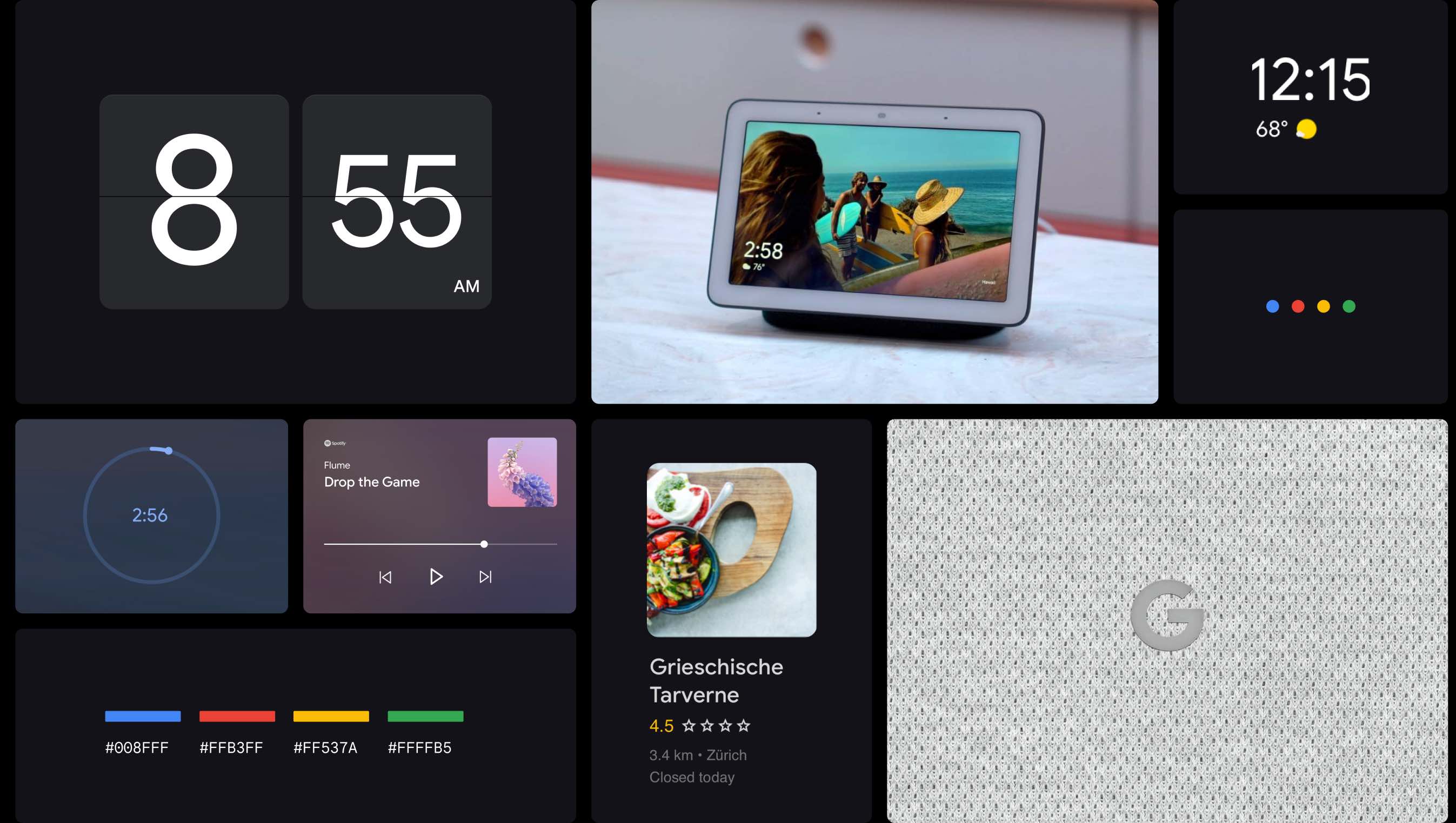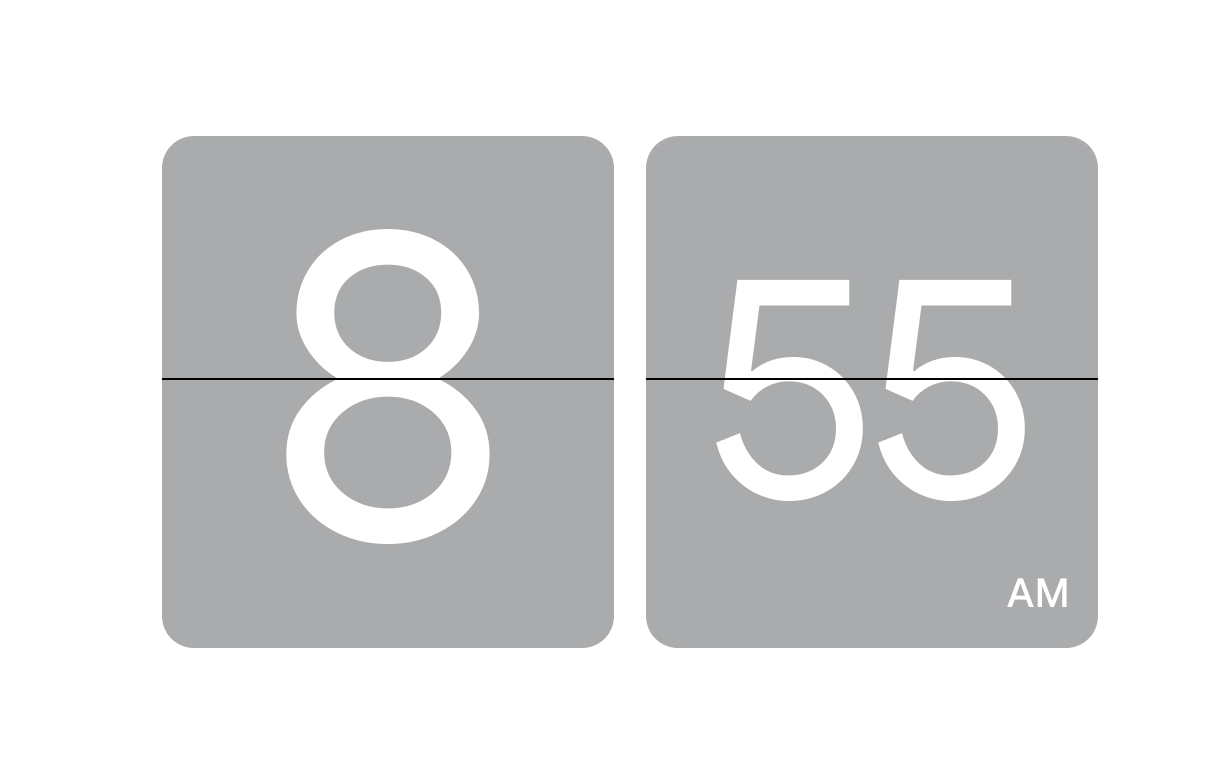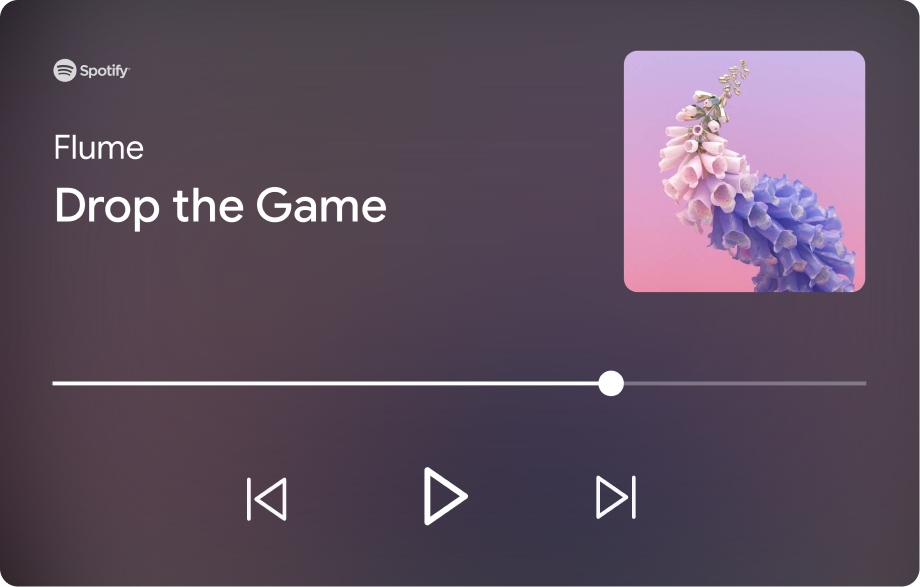PhotonWave SOS
Emergency Communication
System
Co-initiated the Emergency Message Relay System project with a small team. Led the team in 2022, defining the overall framework, component integration, and core interaction principles.

The PhotonWave SOS is an emergency communication device designed to relay critical messages in underdeveloped areas. Leveraging the simplicity of Arduinos, LDR sensors, and LEDs, the system communicates wirelessly using Morse code. Due to its compact size and lack of dependency on servers or radio towers, this device is ideal for remote locations with limited infrastructure.
Components and Functionality
The system uses Arduinos as the central processing units, LDR sensors to detect light signals, and LEDs to transmit Morse code by blinking at specific intervals. This combination ensures efficient and reliable communication in areas lacking traditional infrastructure.
-
GM Blue 500
- RGB — 66 133 244
- CMYK 88 40 0 0
- HEX — #4285F4
-
GM Red 500
- RGB — 234 67 53
- CMYK — 0 87 89 0
- HEX — #EA4335
-
GM Yellow 500
- RGB — 251 188 4
- CMYK — 0 37 100 0
- HEX — #FBBC05
-
GM Green 500
- RGB — 52 168 83
- CMYK 85 0 92 0
- HEX — #34A853
Principles and Approach
We applied the principles of minimal technology to create a device that is always available for quick communication but requires minimal resources. The design follows a guiding principle: simplicity and reliability.
Design and challenges.
After exploring various models, we settled on a system where LEDs blink in Morse code to relay messages. This approach improved reliability and focus, but it also introduced limitations, such as the need for clear line-of-sight communication.

To facilitate continued interaction and ease of use, the device was designed with a straightforward interface, allowing users to quickly understand and operate the system. The minimalistic design ensures that even those with limited technical knowledge can use it effectively.
This project challenged us to rethink communication in an era where traditional methods may not be feasible. The PhotonWave SOS is ideal for disaster response, remote villages, and search and rescue operations, providing a reliable means of communication in critical situations.

The PhotonWave SOS is a crucial tool for improving communication in underdeveloped areas.



Its innovative use of Morse code, combined with the simplicity of Arduinos and LEDs, offers a reliable and efficient solution for relaying emergency messages without the need for servers or radio towers.
This device is poised to make a significant impact on how we handle emergencies in remote and resource-limited environments.
Special thanks to Rishul, the gurukul school (for sponsoring) and everyone who contributed to this effort.

